The Enfield Haunting
This British three-parter is equal parts horror and drama, and both aspects are delivered with skill and intensity, neither overtaking the other, but cooperating to form something special. Based on a high profile news story about a haunted house in the 1970s, the ghosts here are both literal and figurative, focusing on the emotional toll of loss and letting these aspects unfold through chills, certainly, but also the relationship between the characters.
The central emotional connection of The Enfield Haunting is formed by young Janet Hodgson, (Eleanor Worthington-Cox), who has struggled since her father abandoned the family, and Society for Psychical Research first-time investigator Maurice Grosse (Timothy Spall). Grosse is weighed down by his daughter’s death and has taken to paranormal investigation as a way to move on in his own life, but also maybe make contact with his daughter in the afterlife as part of his own closure.
Grosse comes to Janet’s house at the request of her mother (Rosie Cavaliero) following a few terrifying and mysterious incidents, and while these escalate so does the series’ attention to the friendship the two form, bonded by their internalized anger over their losses and the desperate need to connect. Spall is the kind of actor whose face is possessed with heartbreaking weariness, and he and Worthington-Cox are magnetic together.
But there’s an emotional triangle here as well, one that includes the poltergeist Spall seeks to expunge from the household. A poltergeist is, after all, a human that hurts so much that it has failed to realize it has the power to move on from its current situation. It’s this emotional and situational connection between the three characters that elevates The Enfield Haunting and moves it beyond the typical horror tropes, giving you something you can grasp onto while also providing the shudders that make the horror genre so infectious.
Watch The Enfield Haunting on Hulu
Ghoul
This unexpected three-episode series from India is a tense combination of supernatural horror and dystopian fiction that utilizes the limits and paranoia of the latter to heighten the threat of the former.
Interrogator and authoritarian government advocate and Muslim Nida Rahim (Radhika Apte) regularly argues with her father, a leftie academic who is constantly in political peril from the government’s watchful eye. Nida’s ability to do her job is questioned when a Muslim terrorist is taken into custody following a mass murder, but against a backdrop of internal corruption, Nida’s personal psychological distress, and the terrorist’s hypnotic allure, there s plenty else to disrupt the questioning. Oh, and there appears to be some sort of supernatural presence lurking around.
Unfolding with a level of tension that you worry is going to literally blow up your television, Ghoul is able to fold in the little monsters that we live with every day into its backdrop while the more obvious ones — the terrorist, the presence — suck away at your nerves. Blind patriotism, fanaticism, government-sanctioned torture, and many more are there and presented in a package that knocks down action tropes whenever they threaten to appear.
And Apte really shines as the focus and hero of the piece. Placing a Muslim woman at the center one with a commanding presence, is a radical act, frankly. Having her be the aspect that brings together all the themes and provides the story with a heart at the center is a dramatically fruitful one that makes this much more than Alien meets Berberian Sound Studio, though that’s not so bad either.
Watch Ghoul on Netflix
Jordskott
This is part of a genre I refer to as “the children of Twin Peaks,” which has become a staple in television, though not always a welcome one. Where Jordskott succeeds while others putter is its fusion of Scandinavian folklore into the proceedings, doing an excellent job at melding the ancient, fantastical concepts into a modern police procedural to fashion something that is very much its own thing.
As the series beings, police detective Eva Thornblad (Moa Gammel) faces the death of her estranged father during a return-home trip. She’s avoided returning there since her daughter Josefine disappeared there seven years before. Eva’s convinced she was abducted, the police are pretty sure she’s long dead, and Eva takes the opportunity of her father’s death to do some of her own investigating into the past tragedy. But on television, no one returns home and finds things settled. Nor do they manage to get out of town with some pretty heavy revelations.
Eva’s visit home coincides with a missing child case that resembles her daughter’s. At the same time, a battle between green protesters and her father’s timber company is starting to escalate at the same time folkloric elements begin to manifest within reality. Eva is forced to juggle these pressing matters and in doing so, become engulfed by the connections between them.
In the second season, the folkloric elements have become unleashed to a degree that they overtake the lives of Eva and other characters, and reveal a web of unperceived reality that infiltrates life in Sweden.
Jordskott presents the folkloric traditions of Sweden in such a way that it connects them with the current culture and makes them feel alive. At the same time, much like Twin Peaks, the mysteries of the past resurfacing do not offer reassurance, but terror. And also like Twin Peaks, keeping the balance between past and present proves to require constant vigilance, and also some painful soul-searching and revelations on the part of the people who answer the call to do that work.
Watch Jordskott on Shudder
The Living and the Dead
Sadly under most people’s radar, The Living and the Dead is a moody and mysterious take on the folk horror genre that adds some inventive digressions and imagery to its old-fashioned subject matter. There’s nothing like a good, traditional ghost story, especially when they are realized with fresh ideas that enhance rather than alter the form.
It’s 1894 and psychological researcher Nathan Appleby (Colin Morgan) returns to his family’s estate with wife Charlotte (Charlotte Spencer), but the secrets that Nathan left behind won’t leave them alone, nor will other unexplainable phenomena. This requires Nathan to alternatively struggle to keep the manifestations of his own tragedy under control, while also trying to decipher if the other hauntings are the result of psychological disturbances within his staff — which he thinks he can help with — or something beyond an Earthly understanding.
But The Living and the Dead goes a step further, questioning the role human perception plays in the supernatural. Is it actually supernatural or just the human mind contending with concepts it can’t parse? The series suggests this concept both in the presentation of horror and in the struggles of Charlotte, an independent woman who seeks more control over the farm and staff, but receives push back at an idea before its time. Women’s equality is an inconceivable concept to the farm workers, and there’s more lurking about that is proving to be beyond normal comprehension.
A handsome throwback to the great British horror of the 1960s, The Living and the Dead is consistently creepy and utilizes those shivers to provoke thought and connect concepts with the terrors it depicts.
Watch The Living and The Dead on Amazon Prime
Requiem
The idea of returning home and uncovering secrets is a central one in horror, but Requiem explores a complicated twist on that standard set-up when acclaimed cellist Matilda Grey (Lydia Wilson) makes her way to the Welsh village of Penllyth because she discovers following a personal tragedy that she is somehow connected with it, she just doesn’t know what that is.
Arriving in the village with her accompanist Hal (Joel Fry), Matilda is ready to drop her life in order to get to the bottom of this connection, which implies that her past is filled with lies and that her mother was involved with the disappearance of a young girl there in 1994. But arriving in Penllyth and asking questions about an old tragedy does exactly what you would expect. The villagers get angry, the police get protective, mysterious people say cryptic things, some people who act well-intentioned are very obviously the exact opposite of that, and Matilda and Hal stay in an eerie old estate with a macabre past.
What Requiem does best is place the horror in the psychological realm, but refraining from pulling a bait and switch as a cheap surprise. As Matilda’s experience becomes more intense, so does the show’s atmosphere. Matilda is hurtled into psychological distress that takes the form of supernatural terror — or is it the other way around? Haunted by a past that she can’t remember clearly and placed in a present that feels more like a maze, Matilda must qualify her own perception in an attempt to seize control of her own story back from the scattered remains of the ones she’s investigating and which are controlled by others.
Watch Requiem on Netflix
Tabula Rasa
Full confession — I unashamedly love Lost from beginning to end. Another full confession — I hate one of its biggest impacts on television, the idea that a show must be a puzzle to be solved rather than a drama meant to unfold. It has created an era of storytelling where everything hangs on a revelation that brings it all together in the same compelling way as the rest of the series. But is there any greater televisual buzzkill than that expectation? I don’t think many series live up to the challenge.
This Belgian series is a different animal, I think, in that the final solution is no cheat, but also at no point does it suggest that what the series leads to is ever supposed to be more important than what comes before it. Tabula Rasa takes a cue from the film Memento, presenting the convoluted neurological story of Mie (Veerle Baetens), who can only consistently remember things up to a certain point in time in her life. Everything after that fades away and so her most recent moments are a mystery to her.
Placed in a mental hospital for reasons she doesn’t fathom and questioned by police for a murder she has no awareness of, Mie struggles to get to the bottom of her situation. But visits from her family are no help because they are obviously hiding something. And the memory issue has forced her to compensate by keeping a sketchbook diary to prompt her understanding of events as they unfold.
But Mie’s efforts all manifest in disorienting surrealism that dips its toes in the horror genre and makes it all but impossible to discern what is real and what is imagined. Each time something seems clear, it is immediately rendered questionable due to Mie’s warped perception, and her clear distress at being cast adrift in a situation where she has no anchor and she herself is the puzzle that needs to be solved portrays the terror of confusion and the foreboding feeling that solving a puzzle is not always an adventure, but also a threat to your need to be safe, because you don’t know what the pieces are going to show you.
Watch Tabula Rasa on Netflix


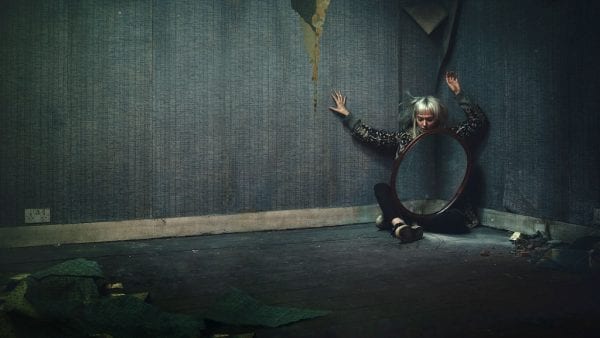
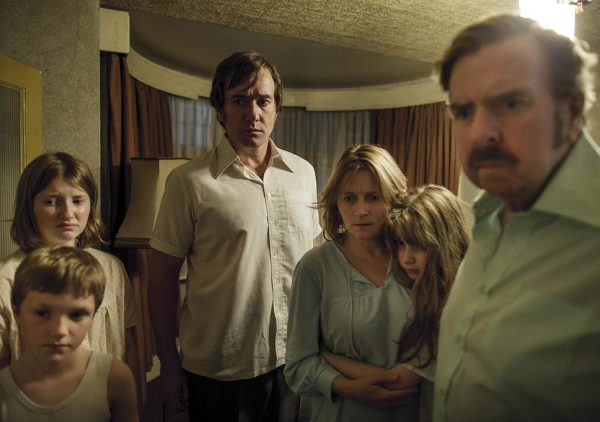
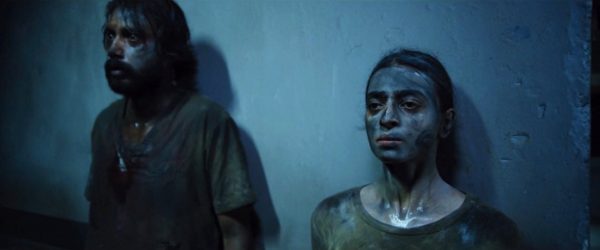
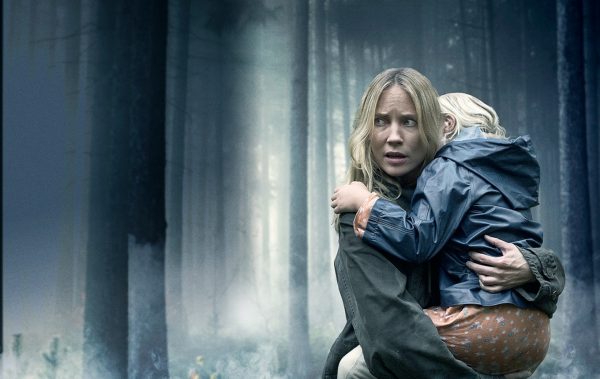
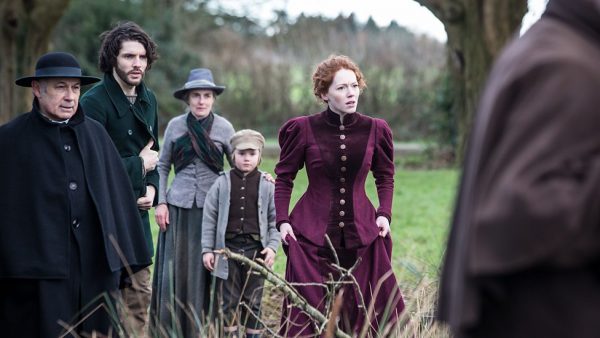


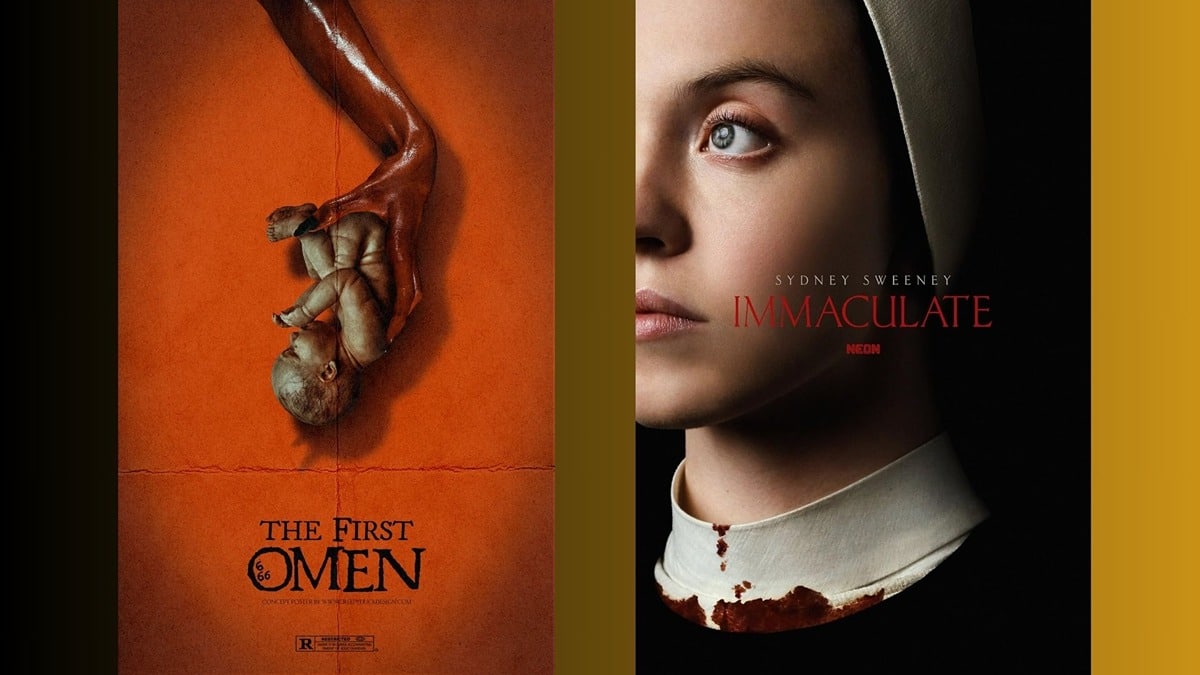
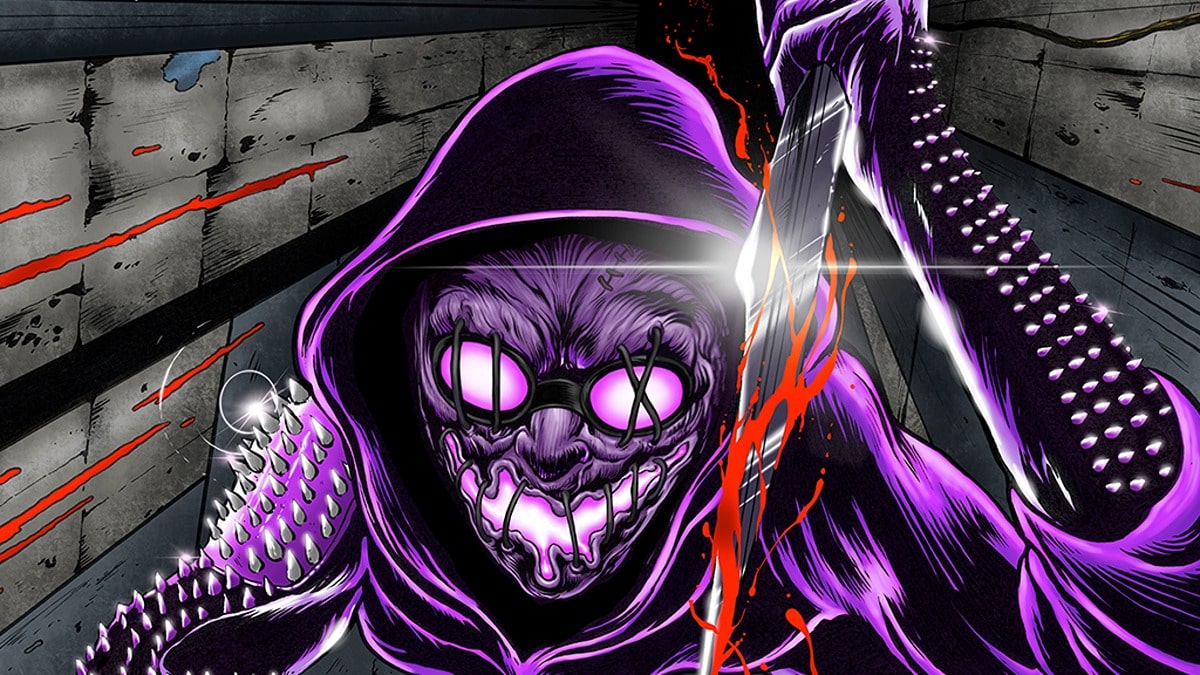

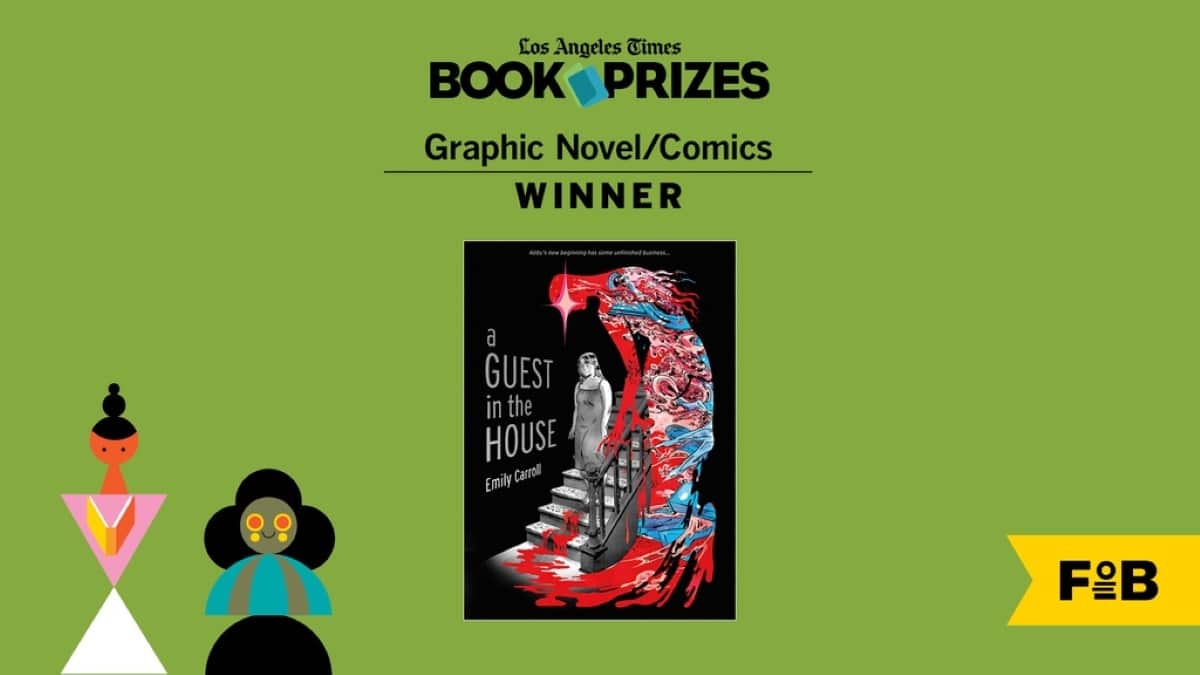

Comments are closed.